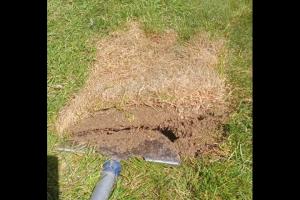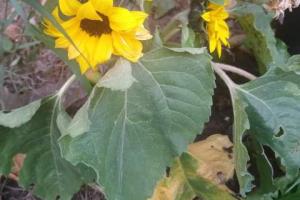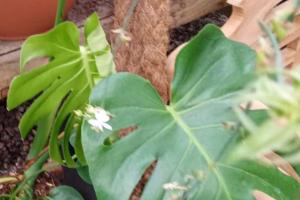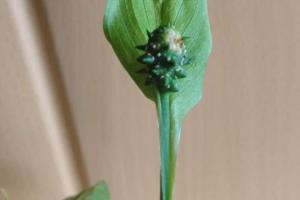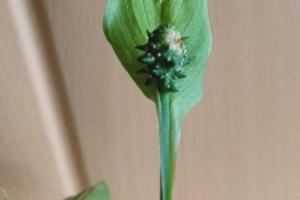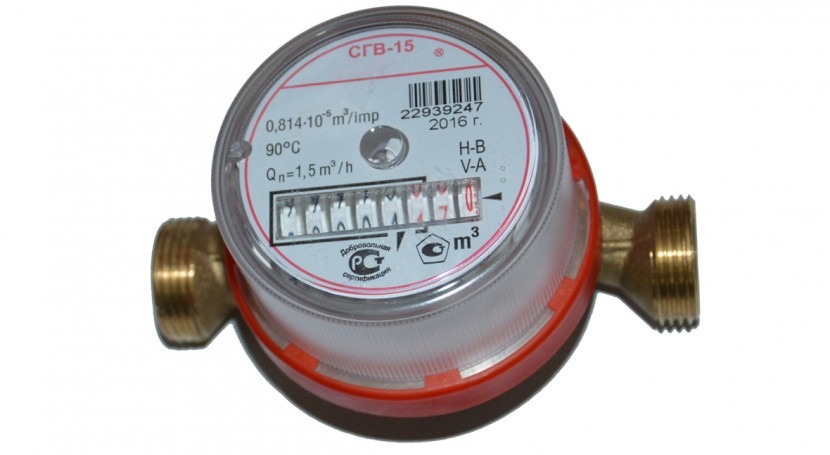
Water meters play an essential role in the efficient management of water systems, since monitoring water consumption is the best way to reduce costs.
1 . Definition of a water meter
A water meter is an instrument specifically designed to measure and record the volume of water that passes through a measuring transducer. Water meters do not directly provide information on the flow rate at each instant, although to calculate the consumption they have to measure the flow rate over time.
They can be used in water supply pipelines for residential, industrial and irrigation facilities.
2 . What are the different types of water meters?
Meters for cold or hot water can be divided into two main groups, which are further subdivided.
Mechanical meters: integrating measuring devices that continuously determine the water flowing through them. Depending on the method they use, they are subdivided into: Velocity meters: they calculate the total volume circulating based on the speed of flow on a moving element, such as a propeller or turbine. Single-jet meters: a single stream of water is directed towards a turbine. They calculate the volume by counting the number of times the turbine, housed within the meter, rotates. Water flows in through a single port.
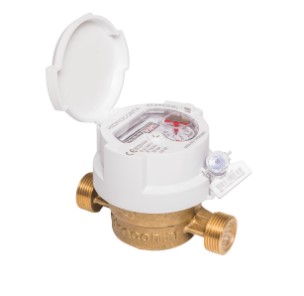
Multi-jet flow meters: they also have a turbine, but in this case water flows into the chamber through multiple ports. Because the load is evenly placed across the impeller, their operation is more balanced and they thus have a much longer life.
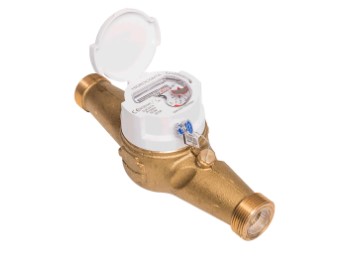
Woltman type meters: they measure the velocity of the water flowing with the help of a turbine. There are three possible configurations depending on the axis of rotation of the turbine: horizontal, vertical and elbow meters.
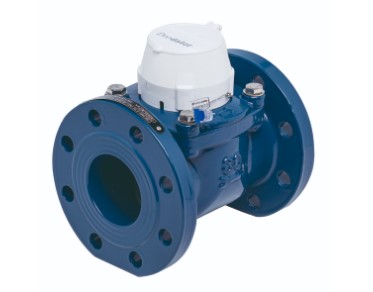
Tangential metes: the flow sensor is a turbine mounted perpendicularly at the top of the pipe cross-section. In this type, only part of the turbine is impacted by the water.
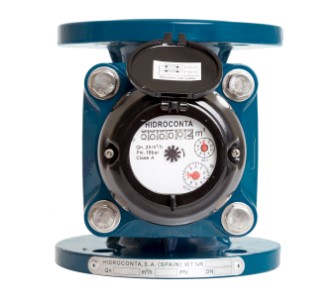
Proportional meters: they are based on the relationship between the flow rates flowing through two parallel circuits and the total flow rate conveyed by the pipeline. Positive displacement meters: they measure using volumetric chambers with moving walls. The chambers have a known volume and they fill and empty as water flows through the meter.
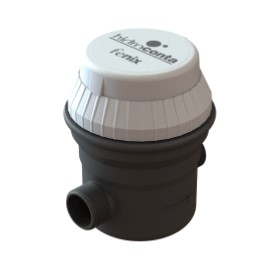
Oscillating piston meters: they are commonly used in the measurement of consumption by domestic users. These meters record consumption by counting the number of times that a chamber of known volume fills and empties. Nutating disc meters: they are also used to measure domestic consumption.
Non-mechanical meters: in non-mechanical meters, the water velocity is determined by other procedures that do not have to do with the impact of water on a moving element. They involve electronic equipment that converts a signal (electromagnetic, ultrasonic, etc.) into a flow rate signal (flow meters).










